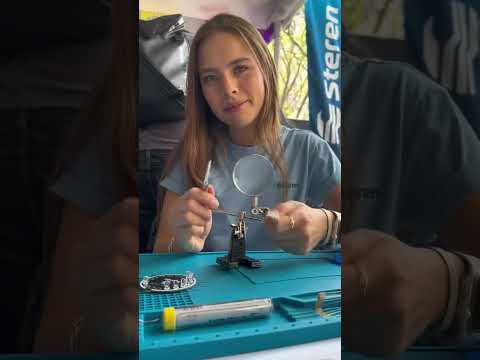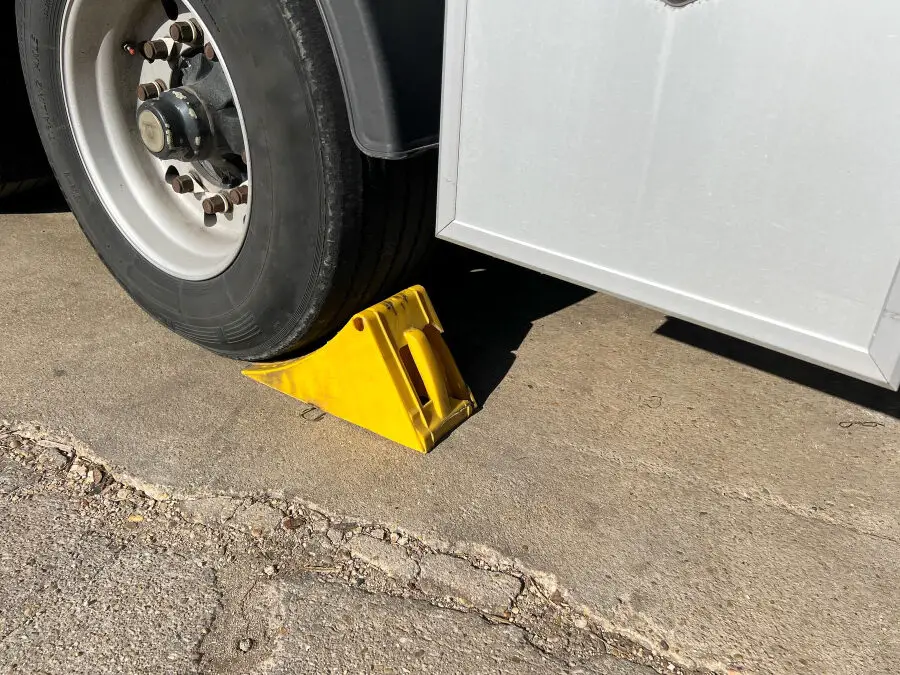Best Soft Soldering Tools: Complete Guide
Soft soldering is an essential process in electronics and electricity. Allows you to join components and cables safely and reliably. However, for optimal results, you need to have the right tools. In this complete guide, we will introduce you to the best soft soldering tools on the market. From temperature-controlled soldering irons to complete soldering stations, you'll discover the most recommended options for any soldering project. Join us on this journey and learn how to choose the right soft soldering tools for your needs.
- What tools are used for a soft soldering operation
- What tools are used for a soft soldering operation
- How to have good soft soldering
- Introduction
- Preparation of equipment and tools
- Welding material selection
- Surface preparation
- Temperature control
- Welding technique
- Inspection and final cleaning
- How many types of soft soldering are there?
- Introduction
- Tin-lead solder
- Lead-free solder
- Other types of soft soldering
What tools are used for a soft soldering operation
What tools are used for a soft soldering operation
Soft soldering is a process commonly used in the electronics industry and electronic component manufacturing. To carry out a soft soldering operation, the use of several specific tools is required that guarantee an optimal result. Below are some of the most common tools used in this type of operation:
1. Soldering Iron: The soldering iron is the main tool used in soft soldering. It consists of a metal tip that is electrically heated and allows the solder material to melt to join the electronic components.
2. Flux: Flux is a chemical substance used to clean and prepare the surface of components before soldering. Helps remove dirt, rust and other contaminants, improving bond quality.
3. Tin: Tin is the solder material used in soft soldering. It is an alloy of tin and lead that melts at a low temperature and adheres to electronic components, creating an electrical connection.
4. Desoldering: Desoldering is a tool used to remove existing solder. Allows you to remove electronic components safely and efficiently, without damaging connections or circuits.
5. Tweezers: Tweezers are essential tools for handling electronic components during the soldering process. They help hold items in place and keep them stable during welding.
6. Soldering Iron Stand: A soldering iron stand is an accessory used to keep the soldering iron safe and stable when not in use. This prevents accidents and damage to the work surface.
7. Cleaning sponge: The cleaning sponge is used to clean the tip of the soldering iron. It allows you to remove solder residue and keep the tip in good condition, which improves soldering quality.
These are just some of the most common tools used in a soldering operation. Each one plays a fundamental role in the process and contributes to obtaining a successful result. It is important to have quality tools and use them correctly to ensure a precise and long-lasting weld.
How to have good soft soldering
Introduction
Soldering is a technique widely used in the electronics industry to join components and cables. To obtain a quality soft solder, it is important to follow certain steps and take into account some key factors. In this article, we will give you tips on how to achieve good soft soldering.
Preparation of equipment and tools
Before starting the welding process, it is essential to properly prepare the equipment and tools. Make sure you have a soldering iron in good condition with a clean, fit tip. In addition, it is advisable to use a soldering iron stand to avoid accidents and damage.
Welding material selection
The solder material used in soft soldering is an alloy of tin and lead, known as tin solder. It is important to choose a quality welding material that has good fluidity and adhesion capacity. Also make sure the diameter of the welding wire is appropriate for your application.
Surface preparation
Before welding, it is essential to prepare the surfaces to be joined. Carefully clean the parts to be soldered, removing any residue, rust or dirt. You can use a flux cleaner to ensure that the surfaces are free of impurities and well prepared for soldering.
Temperature control
Temperature is a critical factor in soft soldering. It is important to set the proper temperature on the soldering iron to avoid damaging components or causing joint problems. Use a soldering thermometer or regulated soldering iron to precisely monitor and adjust the temperature.
Welding technique
When you are ready to solder, apply the heat from the soldering iron to the joint and make sure the solder material melts and flows properly. Avoid overheating or excessive exposure time, as this can damage components or create weak welds. Also, make sure that the solder material completely covers the surfaces to be joined to obtain a solid connection.
Inspection and final cleaning
After soldering
How many types of soft soldering are there?
How many types of soft soldering are there?
Soldering is a metal joining process that uses a filler metal with a lower melting point than the base metals. There are several types of soft soldering that are used in different applications and with different materials.
1. Tin-lead solder: This is one of the most common soft solders and is used in electronics and plumbing. Tin and lead combine to form a filler metal that has a low melting point and good adhesion to many metals.
2. Tin-silver solder: This solder uses a combination of tin and silver as the filler metal. It is stronger than tin-lead solder and is used in applications where greater mechanical strength is required.
3. Tin-copper soldering: In this solder, tin and copper are combined to form a filler metal. It is mainly used in joining copper pipes in plumbing and heating systems.
4. Aluminum welding: Welding aluminum is a more complex process due to the properties of aluminum and its high thermal conductivity. Different aluminum alloys and special filler metals are used to achieve a strong and durable bond.
5. Copper-phosphorus welding: This welding is primarily used in refrigeration and air conditioning applications. Copper and phosphorus combine to form a filler metal with suitable flow and strength properties.
The choice of solder type will depend on the specific needs of the application and the materials being joined. Each type of solder has its own advantages and disadvantages in terms of strength, electrical and thermal conductivity, and compatibility with different metals.
What type of solder is used for soft soldering
Introduction
Soldering is a process commonly used in the electronics and metal manufacturing industries. This type of welding is characterized by using a welding material with a relatively low melting point, which allows metal pieces to be joined without damaging them. In this article, we will discuss what type of solder is used for soldering and how this process is carried out.
Tin-lead solder
One of the most common solder materials used in soft soldering is tin-lead alloy. This metal mix has a low melting point, making it ideal for joining electronic components and cables. Tin-lead solder provides a strong, long-lasting bond and is easy to work with.
Lead-free solder
In recent years, there has been growing interest in lead-free solder due to concerns about the negative health and environmental effects of lead. Lead-free solder uses alloys that contain tin, copper, and other metals. Although lead-free solder requires higher melting temperatures and can be more difficult to work with, it meets safety standards and is widely used in the electronics industry.
Other types of soft soldering
In addition to tin-lead solder and lead-free solder, there are other types of soft solder that are used in specific applications. Some examples include silver soldering, which is used in jewelry making, and aluminum soldering, which is used in the aerospace industry. These soldering materials have unique properties that make them suitable for certain types of jobs.
We hope this complete guide on the best soft soldering tools has been of great help to you. Now you have all the information you need to choose the right tools and carry out your welding projects successfully.
Always remember to follow proper safety measures when using these tools and practice regularly to improve your soldering skills. Good luck in your future projects!
Until next time,
The team of electronics experts




Post Comment